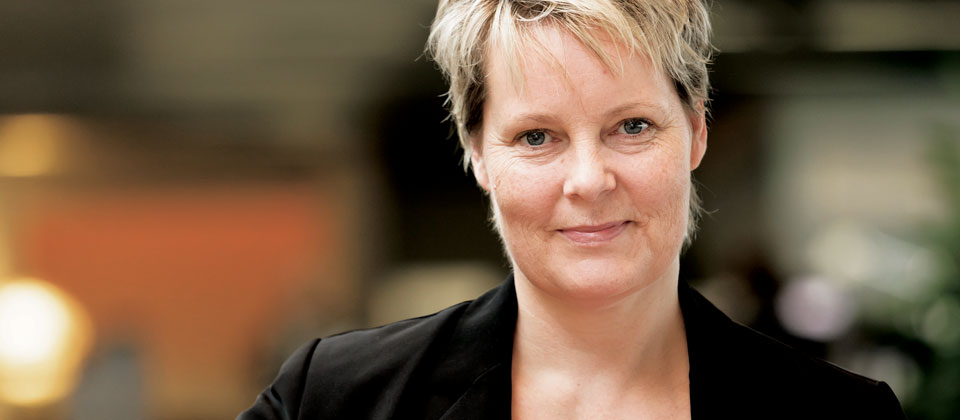
By Rasmus Helveg Petersen,
Minister for Climate, Energy and Building
Much has changed since the eleven 450 kW turbines were erected in 1991 at Vindeby, the world’s first offshore wind farm. The Kriegers Flak project in Denmark will amount to 600 MW. We see the emergence of wind turbines in the 5-10 MW range, and simultaneously we see the design of installment vessels made specifically for offshore wind farm deployment.









